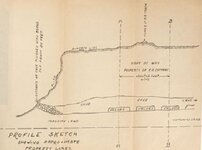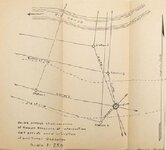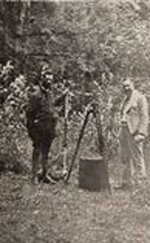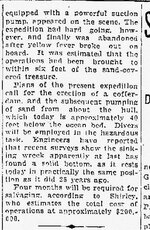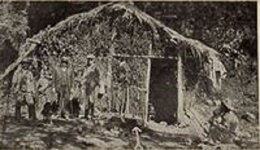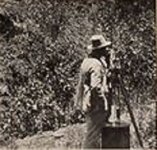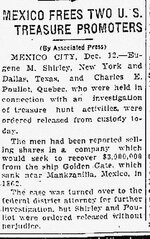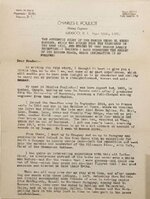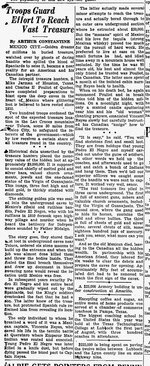Corporate Investigations
Sr. Member
- Aug 23, 2013
- 468
- 1,437
- Primary Interest:
- All Treasure Hunting
Some times the most promising treasure stories you never hear about? The following treasure legend you will properly not find on the net.
In fact it is not well known at all. My boss only came across the story by chance when buying other historic documents, a series of documents and personal letters pertaining to a man called Charles Pouliet came up for sale.
Charles Pouliet was a French Canadian. Who was Born in 1893 and was a mining civil engineer. In 1914 he joined the Canadian expeditionary force in WW1 in which he was shot 4 times in battle and was discharged for recuperation. Being a tough character restless for adventure he sailed for Argentina, then Paraguay, chile, Peru, Ecuador then Columbia Honduras back to United States to celebrate the end WW1.
The papers and letters detailed this mans life as well as a lost treasure he searched for of a famous bandit that stole treasure worth at least 3 million dollars in 1931 gold values. The letters give details his search for the treasure in a cave called Pedro El Negro Cave that was near a river called RIO HONDO? Unfortunately there are several countries that have rivers with the same name and the name of the famous bandit was not clear? However the date of the treasure being taken from the Spanish was 1810.
In 1931 Charles Pouliet was living in Mexico city and he sent the letters to the United states detailing his search for treasure to a George E Edwards. On October 17th 1931 he was excavating the site of the buried cave. However he had problems with authorities as he had to dig under a railway easement. Was he successful in his search ? Or was he the victim of hoax or even part of scam? Perhaps he had a authentic treasure information?
The trouble is we just do not know?
A detailed research by me discovered he returned to united States by 1946. However after that at trace of him vanished.
The papers and letters that was available at the time has now since been bought by another collector and unfortunately I have only a few poor copies of some of the documents.
However I do have his surveyed maps in which I will happily post here if anyone is interested in following up this story?
Amy
In fact it is not well known at all. My boss only came across the story by chance when buying other historic documents, a series of documents and personal letters pertaining to a man called Charles Pouliet came up for sale.
Charles Pouliet was a French Canadian. Who was Born in 1893 and was a mining civil engineer. In 1914 he joined the Canadian expeditionary force in WW1 in which he was shot 4 times in battle and was discharged for recuperation. Being a tough character restless for adventure he sailed for Argentina, then Paraguay, chile, Peru, Ecuador then Columbia Honduras back to United States to celebrate the end WW1.
The papers and letters detailed this mans life as well as a lost treasure he searched for of a famous bandit that stole treasure worth at least 3 million dollars in 1931 gold values. The letters give details his search for the treasure in a cave called Pedro El Negro Cave that was near a river called RIO HONDO? Unfortunately there are several countries that have rivers with the same name and the name of the famous bandit was not clear? However the date of the treasure being taken from the Spanish was 1810.
In 1931 Charles Pouliet was living in Mexico city and he sent the letters to the United states detailing his search for treasure to a George E Edwards. On October 17th 1931 he was excavating the site of the buried cave. However he had problems with authorities as he had to dig under a railway easement. Was he successful in his search ? Or was he the victim of hoax or even part of scam? Perhaps he had a authentic treasure information?
The trouble is we just do not know?
A detailed research by me discovered he returned to united States by 1946. However after that at trace of him vanished.
The papers and letters that was available at the time has now since been bought by another collector and unfortunately I have only a few poor copies of some of the documents.
However I do have his surveyed maps in which I will happily post here if anyone is interested in following up this story?
Amy


